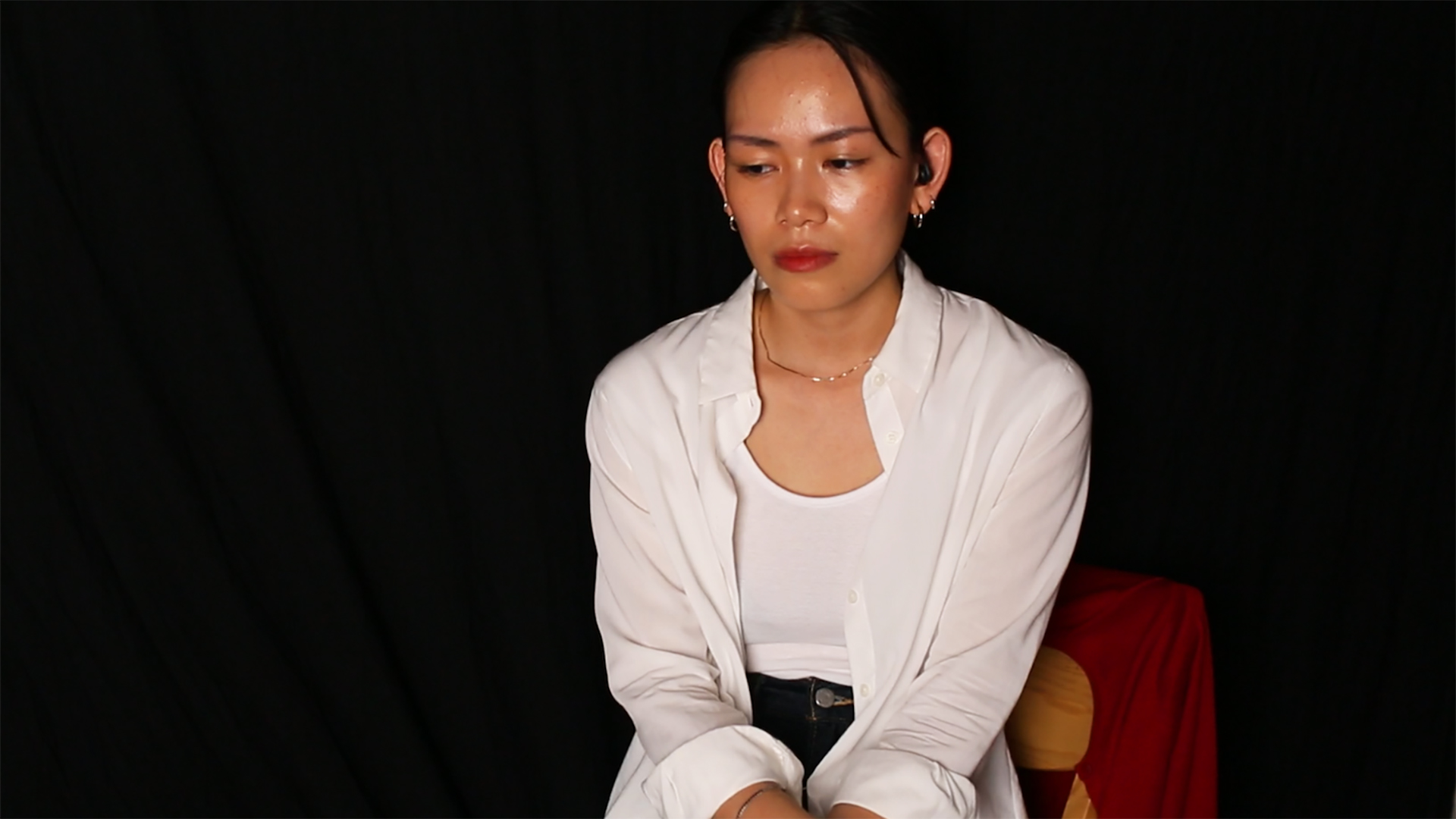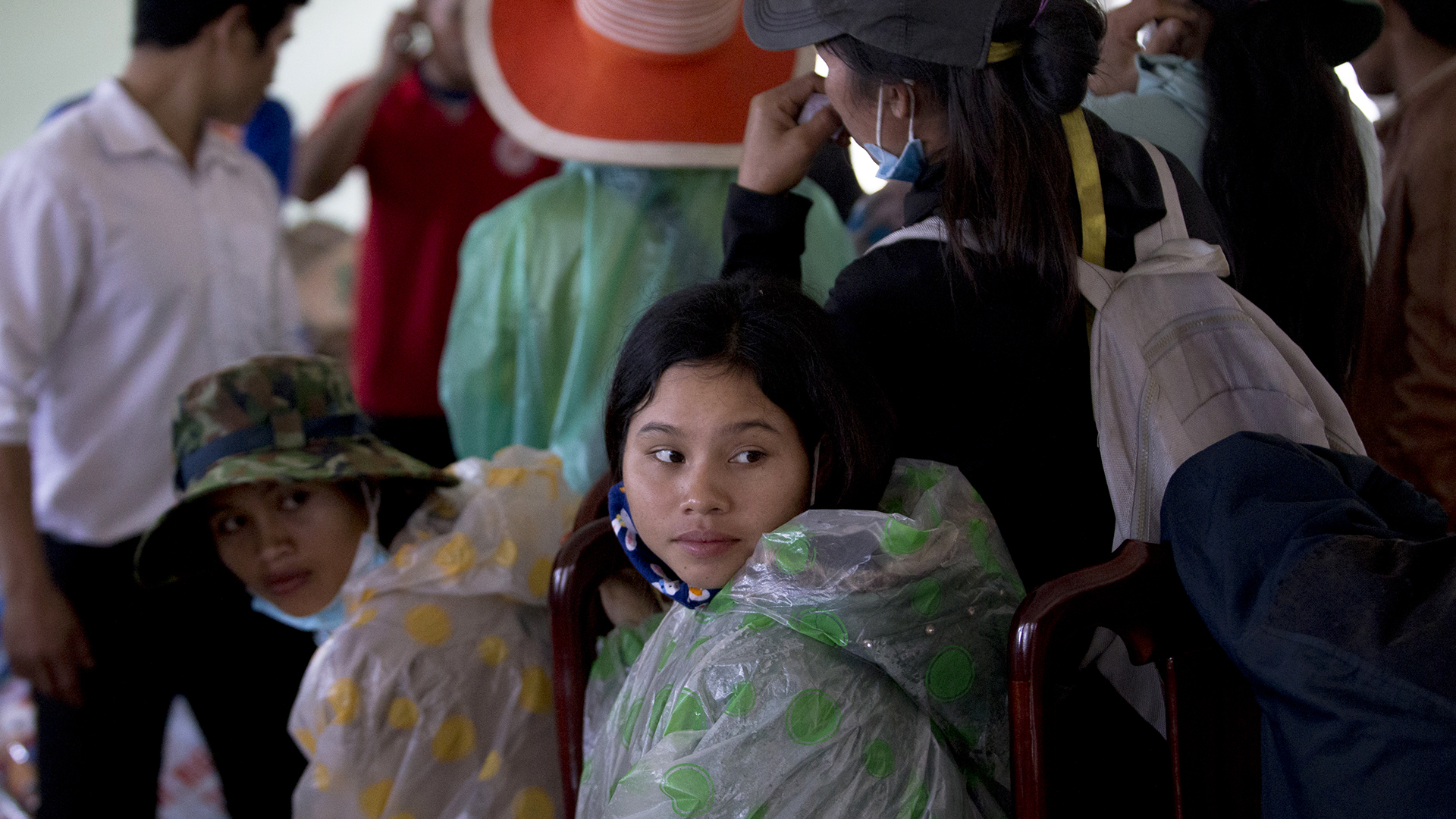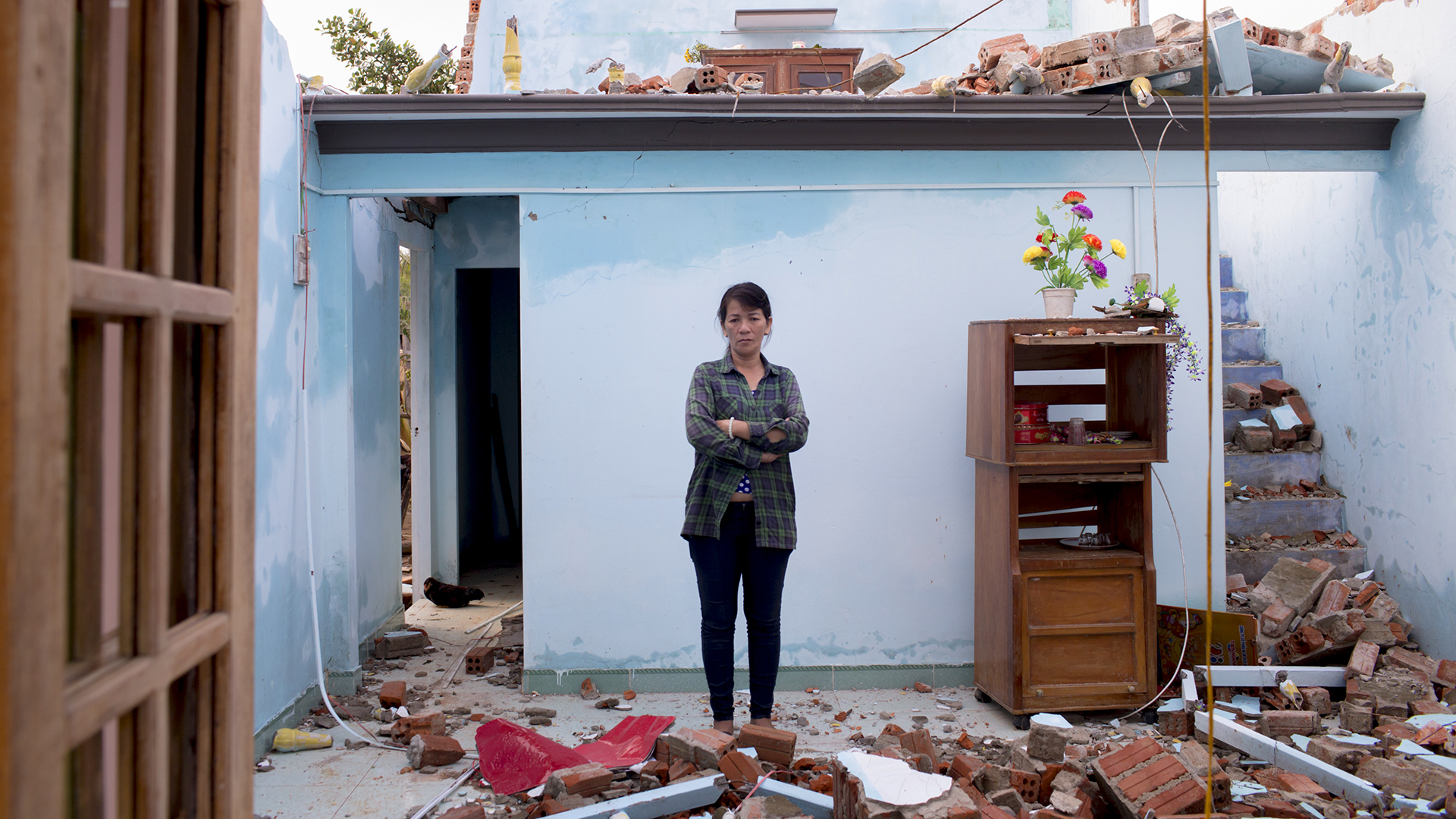A visual insight into the consequences of climate change
It may be a well-worn adage, but to a photojournalist a picture is worth every one of a beautifully-crafted thousand words. And in a digital age where that picture can be moved from one side of the world to the other in a matter of seconds, the impact can be immense.
The power of the lens can capture raw human emotion: fear, anger, love, desperation and sorrow. It can also capture the urgency and poignancy of a situation, one that may require an immediate response from the international community. International news made local.
In the age of Covid-19 and a worsening climate change crisis, the role of photojournalists is proving essential. One of those on the frontline is Yen Duong (pictured below) – shortlisted for the Thomson Foundation Young Journalist Award in 2018 – who spent time in 2020 covering the aftermath of unprecedented flooding and landslides in the central region of Vietnam.

According to a report by the International Panel on Climate Change, Vietnam is among the world’s most vulnerable nations. Its diverse geography means it is hit by typhoons, landslides, flooding and droughts, weather events expected to worsen in coming years. These threaten food security, livelihoods and lives for millions of Vietnamese. It is a state of affairs being replicated worldwide.
Yen, who originally trained and worked as a news reporter, is sympathetic to the plight of those whose lives she documents – in this case for the IFRC (the International Federation of the Red Cross and Red Crescent Societies) – and has a strong ethical mindset. To this end, she recommends the Thomson Foundation’s Journalism Now course: Awareness, Authenticity, Accuracy – for photojournalists wanting to explore the ethics of their practice.
According to a report by the International Panel on Climate Change, Vietnam is among the world’s most vulnerable nations.
“I see photographs as a medium to storytelling,” Yen says. “It helps that originally I was an investigative journalist because I had a lot of story ideas and knew how to interview people. I could then come up with my own visual stories.
“It is not easy to photograph people in distress. It is best if you can hear their stories before you take the pictures. It is important to build their trust. A lot of times, I depend on my own instincts and past experiences to assess whether I should be talking to a person if they're in a traumatised state. You don't want to put them in situations where they are being exploited.
“What I always try to do as a photojournalist is to inform the people I talk to carefully about how the stories are going to be used, where they are going to appear and that they don't have to share anything with me.
“There's a certain power relation at play there. Very often, these people actually feel obliged to answer to your interview. I try to inform people about my intentions and let them decide if they want to speak to me or not.”

Vietnam's diverse geography means it is hit by typhoons, landslides, flooding and droughts, weather events expected to worsen in coming years.
Yen is also acutely aware of personal safety when covering natural disasters and has five tips for fellow photojournalists:
- Have a checklist of vital supplies before setting off on any assignment
- Keep in close contact with either your editor or supervisor
- Try to avoid travelling at night time or in risky areas during heavy rainfall
- Be respectful of interviewees, many of whom are likely to be traumatised
- Always trust your instincts
As with news reporting, Yen feels it is important to be balanced, fair and accurate in coverage: “Most of us rely on visual media these days,” she says. “A lot of media is now putting photography or photojournalism as a priority.
“You can certainly fabricate a story through your images, which is why it is important to start with the storytellers and to educate them from the very beginning.”
Climate change
The deepening climate change crisis will be at the centre of global attention in 2021 when world leaders, experts and campaigners meet at the UN Climate Change Conference of the Parties (Cop26) in Glasgow, Scotland in November, 2021.
Countries such as Vietnam are most affected by the climate emergency. Yen Duong has been documenting the impact of global warming in her home country since 2018. We are proud that she will be involved in our work as part of our commitment to the climate crisis debate.

All images photographed by Yen Duong for IFRC
Free online courses

Environmental journalism | Why local matters: Sources
Investigating local environmental stories and how they are linked to the biggest issue facing the planet: climate change

Environmental journalism | Why local matters: Storytelling
Helping journalists cover environmental stories and address climate change in a way that engages their audience

Environmental journalism | Why local matters: Safety and security
Helping journalists stay safe when facing not only physical threats, but also natural disasters